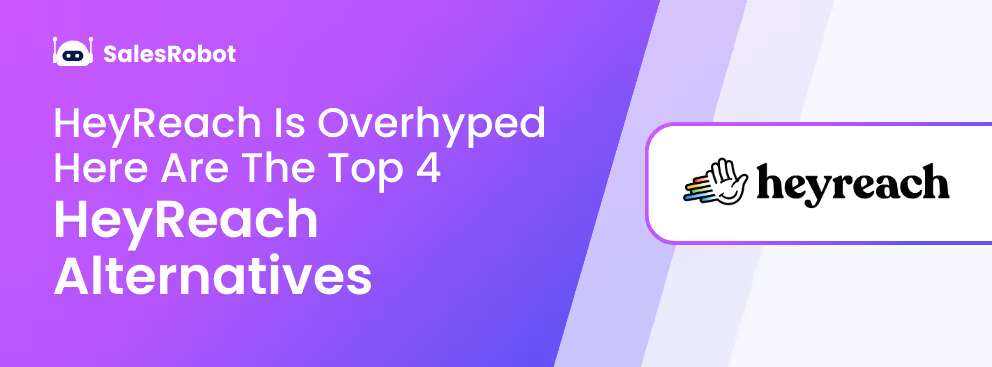Reaching out to others on LinkedIn can be challenging, but the payoffs can be substantial.
LinkedIn is a social network for professionals. Therefore, there are a wide variety of specialists, opinion leaders, recruiters, and mentors to be found there.
It might be difficult to figure out how to get in touch with someone on LinkedIn; we've got you covered with everything from finding the appropriate things to say to what to do if your message goes unanswered.
LinkedIn's Three Outreach Formats
Making connections on LinkedIn is the first step in getting your profile seen, and reaching out to others is essential if you want to create meaningful relationships.
- Cold Outreach
- Developing Relationships
- Leveraging The Common Bond
You have a few options, some of which are bound to be more fruitful than others.
Since LinkedIn is a social networking platform, it's crucial that you figure out what works for you, your industry, and your personality before making any connections there.
Let's go into the specifics of the three main categories of LinkedIn messages you may use to reach out to potential connections.
#1. Cold Outreach
Just as the name implies, the "cold outreach" LinkedIn message is sent out of the blue to someone who has no idea who you are.
A LinkedIn message that is "as frigid as it can get" is a message sent out of the blue to someone who has no idea who you are.
If you have a paid LinkedIn account, you may use InMail to communicate with individuals who aren't already connected to you.

There is a variety of pricing tiers available, and the Sales Navigator Professional plan is what we have displayed here.
It might be intimidating to reach out to a stranger, but with the appropriate message (which we'll discuss below), you can make a crucial business connection.
There is a wide variety of uses for cold outreach on LinkedIn:
- First, you must establish rapport.
- Purpose: To Sell a Product
- Making contact about writing for a blog as a guest author
- To politely inquire about a business contact's email
And plenty more besides.
#2. Developing Relationships
This is a great way to ease into a connection on LinkedIn with someone you've met before, whether in person or electronically, at a conference or webinar.
Using InMail, you may personalise your cold letter by mentioning a shared connection, such as membership in a Facebook group for digital marketers or attendance at a recent networking event's breakout session.
In a cold message, it's important to show the individual you're communicating with that you have something in common with them.
- You have thought this out and prepared accordingly.
- The same people tend to hang around together.
- Have a similar field of expertise.
And what if you can't use InMail for whatever reason?
LinkedIn is still a great way to network with individuals who match your interests, especially since you can now include a personalised message with your connection request.
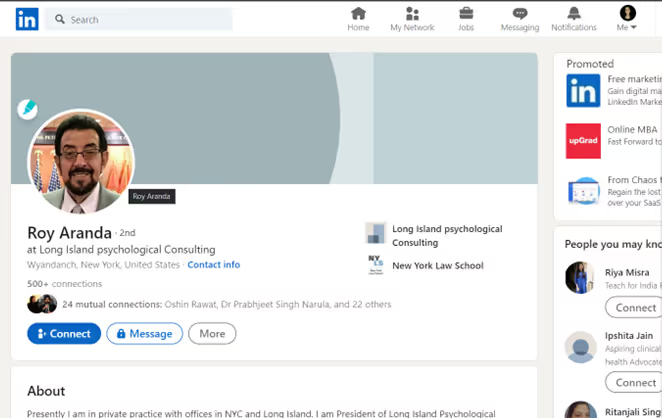
Anyone who is your second-degree connection on LinkedIn (shown by the number 2 next to their profile name) or a member of a LinkedIn group you belong to can receive connection requests from you.
You may include a note with your connection request by clicking the Connect button and entering text into the Note field.
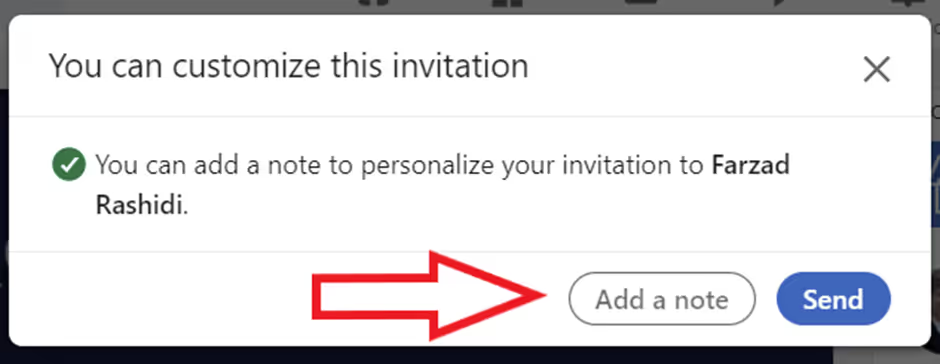
Our soon-to-be-released templates will allow you to specify the context in which you met the recipient and the reason for making them a request.
#3. Leveraging The Common Bond
It's a terrific method to show that you're linked to someone by mentioning a shared buddy or business colleague.
If a possible contact already knows someone in common with you, there's even better evidence that you're a good contact to have on your side.
Even if you're sending a cold InMail through LinkedIn, you may still look at the recipient's profile to see whether you have any connections.
Another option is to check out your mutual acquaintances on social media sites like Facebook.
Incorporating this knowledge into your initial LinkedIn message can help you stand out from the crowd and establish a rapport with your new connection more quickly.
It's not possible to submit a request to someone you don't already know through LinkedIn unless you pay for premium services.
Even though you may have as many as 30,000 connections, it's still a good idea to specify which of your mutual connections is the most important or nearest to you when requesting to be connected.
You may have a relationship with an old college pal and a current coworker; in this case, the latter may be more relevant to emphasise in a professional setting.
We'll provide you with a sample of this shortly, but first, we'll go through several pitfalls to avoid on LinkedIn as you build your professional network.
How To Avoid Common Mistakes While Working On LinkedIn?
You need to do a lot to make connections on LinkedIn, but it may all be undone if you make a mistake with your connections.
If you want to increase your profile's exposure or make a potential pitch to a LinkedIn user, you should be aware of the pitfalls that might derail your message before you ever send it.
- Offering Anything In The Form Of A Pitch On The Connection Request
- Promoting Anything In A Follow-Up Message
- Self-Centred Chatter
- Pretending To Be Something You're Not
#1. Offering Anything In The Form Of A Pitch On The Connection Request
It's important to be authentic when engaging with individuals on LinkedIn; the site was designed for professional networking.
Remember that networking on LinkedIn is a marathon, not a sprint, and put in the time to build genuine relationships above making a quick sale.
It's important to give new connections time to get to know you and your profile information by responding to their posts and comments and sharing your own.
You shouldn't immediately try to make a sale but instead should focus on building a professional rapport first.
#2. Promoting Anything In A Follow-Up Message
In our opinion, cold outreach on LinkedIn is a tactic with a long-term payoff.
Even if you've already made contact with this individual twice, you shouldn't immediately go into your sales presentation before you've had a chance to establish some sort of personal rapport with them.
Instead of immediately assessing the prospect's propensity to make a purchase, focus on developing a rapport with them.
Construct a trustworthy rapport with your audience so that they will listen attentively to your pitch when the time comes.
#3. Self-Centered Chatter
When reaching out to a new contact, it's important to emphasise that you're interested in learning about them and gaining access to their network.
For this reason, you should put aside your pride and refrain from making connections and sending messages on LinkedIn that are solely about you.
Pay attention to the reasons why you think the person you are contacting is fascinating or important; flattery may get you far if it is accurate.
Communicate the following to the individual you are reaching out to:
- Exactly how you are acquainted with them, if at all
- A previous meeting is not required if:
- Tell us about a recent post of theirs that really spoke to you and why you believe they would be a great connection to have.
You should continue to highlight them since you will most likely be requesting something from them soon.
In addition, your profile should include all they require to know about you; we'll examine this in the following section.
#4. Pretending To Be Something You're Not
Do not get yourself into trouble by engaging in dishonest LinkedIn outreach.
You want to make a good impression when reaching out to someone you don't know very well or a complete stranger. Therefore, you don't want to give them any false or exaggerated information.
Do not engage in excessive chit-chat or embellishment; this is especially important if you and your interlocutor share ties.
That's the wrong way to go about networking on LinkedIn; the following advice will help you get more responses and fruitful meetings as a result of your efforts.
How To Make The Most Of LinkedIn's Networking Opportunities
Improving your LinkedIn outreach can raise your chances of making a career switch, the number of leads you generate, and your standing in your field.
Some LinkedIn-specific recommended practices may be found in guides on doing cold email outreach, while others can be found more generally.
We have compiled our service's most effective strategies for reaching your desired audience.
- Before Reaching Out, Follow Your Prospect And Interact With Their Material.
- Learn As Much As You Can.
- Make Your Connection Request More Personable.
- Keep In Touch - Tactfully.
- Your Communication Should Be Succinct And Relevant.
- Develop A More Effective Online Persona.
#1. Before Reaching Out, Follow Your Prospect And Interact With Their Material.
When you're not directly connected to someone on LinkedIn but still want to keep up with their postings and see what they have to say, you may opt to "follow" them instead of "connecting" with them.
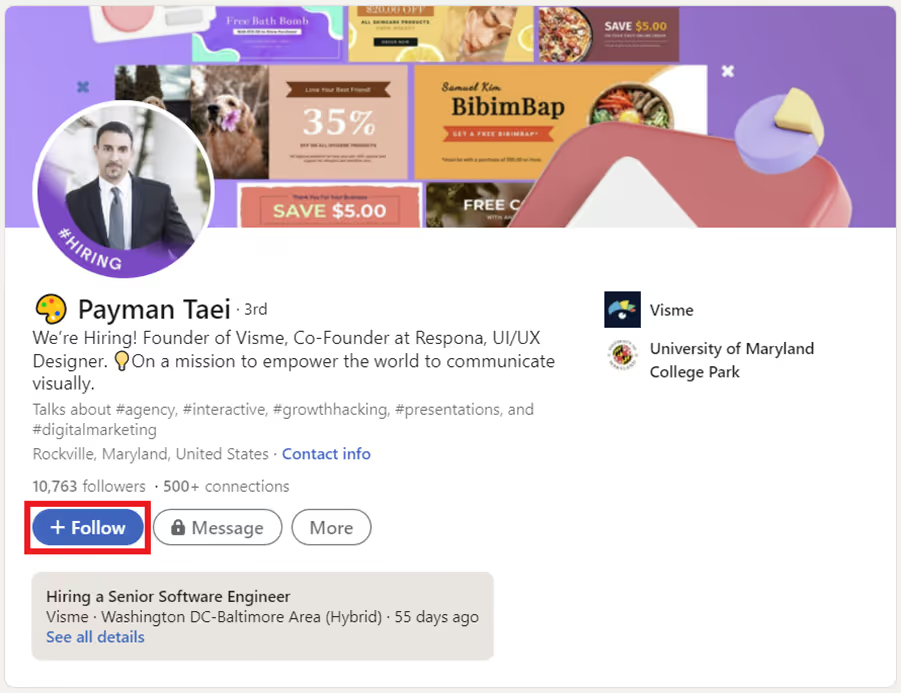
You may learn more about a potential business partner by following them on social media.
You can engage with whatever content they make available to the public.
Find a point of connection and provide helpful insight by reading through their posts; perhaps you can relate to an event they've shared or provide advice on addressing a problem they've mentioned.
#2. Learn As Much As You Can.
You should do your homework on a person before sending them an unsolicited email or message.
LinkedIn is a fantastic resource for learning about a person's professional interests and history.
By browsing LinkedIn profiles, you can pick up on:
- Their educational background
- Topics of Research
- Previously Held Positions
- Relationships with those individuals and businesses
Using this data, you may tailor your LinkedIn InMail or connection request to the recipient and make a more meaningful first impression.
#3. Make Your Connection Request More Personable.
You may now send a better-tailored message to your potential connection thanks to the newfound details you have learned.
While we lack information on the efficacy of LinkedIn-specific tailoring, we do know that this tactic is effective when used in email.
Research by Backlinko found that personalised emails received 20% more responses than generic ones.
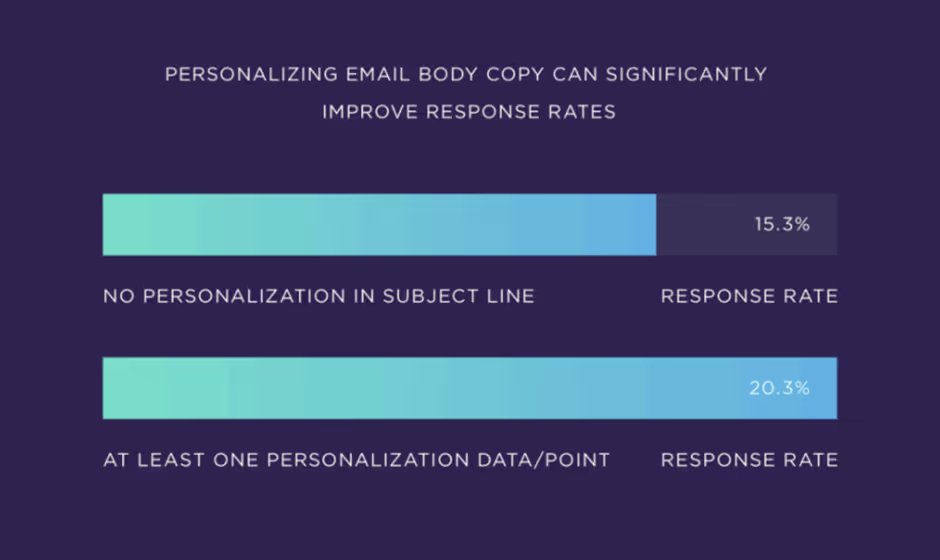
Any LinkedIn message that takes the time to tailor its tone and language to its intended recipient will stand out in a sea of impersonal messages.
#4. Keep In Touch - Tactfully.
It is common knowledge that sending a follow-up email may significantly enhance your response rate (by as much as 65%, according to the same Backlinko research).

It's true that LinkedIn outreach is different from email, but it pays to be politely persistent when trying to make contact with a possible business contact.
However, if they don't accept and react to your first InMail, you won't be able to send a second one.
If you do get a speedy response and are hoping to strike up a conversation, a follow-up email with targeted inquiries or a mention of a new common contact might be a good way to do so.
#5. Your Communication Should Be Succinct And Relevant.
LinkedIn may be geared for professionals, but it's still a social network, and that means you only have a short window of time to make an impression on other users.
Like a cold email or pitch, your message should be direct and to the point, without unnecessary rambling or lengthy explanations.
If you're sending a LinkedIn message, keep in mind that you can't include a subject line, but you do receive a few lines as a sample.
Start strong, spell out just what it is you want or need, and wrap things off with an explicit call to action.
#6. Develop A More Effective Online Persona.
What action did you take after receiving a cold outreach message on LinkedIn?
Our guess is that you visited the sender's profile to learn more about them.
It's a frequent practice, so you should anticipate it and take measures to increase the likelihood that your messages and connection requests will be accepted.
You must ensure:
- The LinkedIn headline you've chosen prominently features your company name and current position title.
- Your CV's About section provides concise and informative details about your experience, education, and professional history.
- You can trust your job record since it is accurate.
- You have been consistently publishing content that readers find valuable.
That those who do click through will be sufficiently interested in returning for more of your material and interacting with future pieces.
Final Thoughts on how to reach out to people on LinkedIn.
For businesspeople, there is no better social media platform than LinkedIn. It's a potent resource for expanding your sphere of influence, with over 706 million users spread over more than 200 nations and territories.
However, connecting with others on LinkedIn shouldn't be as simple as clicking the "Connect" button. No matter where you do it, the goal of networking is to make long-lasting professional connections that will benefit both parties. As a result, having a diverse set of contacts is more valuable than a large number of superficial ones.
Heading 1
Heading 2
Heading 3
Heading 4
Heading 5
Heading 6
Lorem ipsum dolor sit amet, consectetur adipiscing elit, sed do eiusmod tempor incididunt ut labore et dolore magna aliqua. Ut enim ad minim veniam, quis nostrud exercitation ullamco laboris nisi ut aliquip ex ea commodo consequat. Duis aute irure dolor in reprehenderit in voluptate velit esse cillum dolore eu fugiat nulla pariatur.
Block quote
Ordered list
- Item 1
- Item 2
- Item 3
Unordered list
- Item A
- Item B
- Item C
Bold text
Emphasis
Superscript
Subscript


Wow your leads by cloning yourself and sending personalized videos and voice notes to each lead on LinkedIn.

If you don't reply to leads within 5 mins, your chances of converting them fall by 50%. Our AI replies on your behalf instantly! (and yes, you can train it)

Don't shoot in the dark. Get detailed analytics on what's working
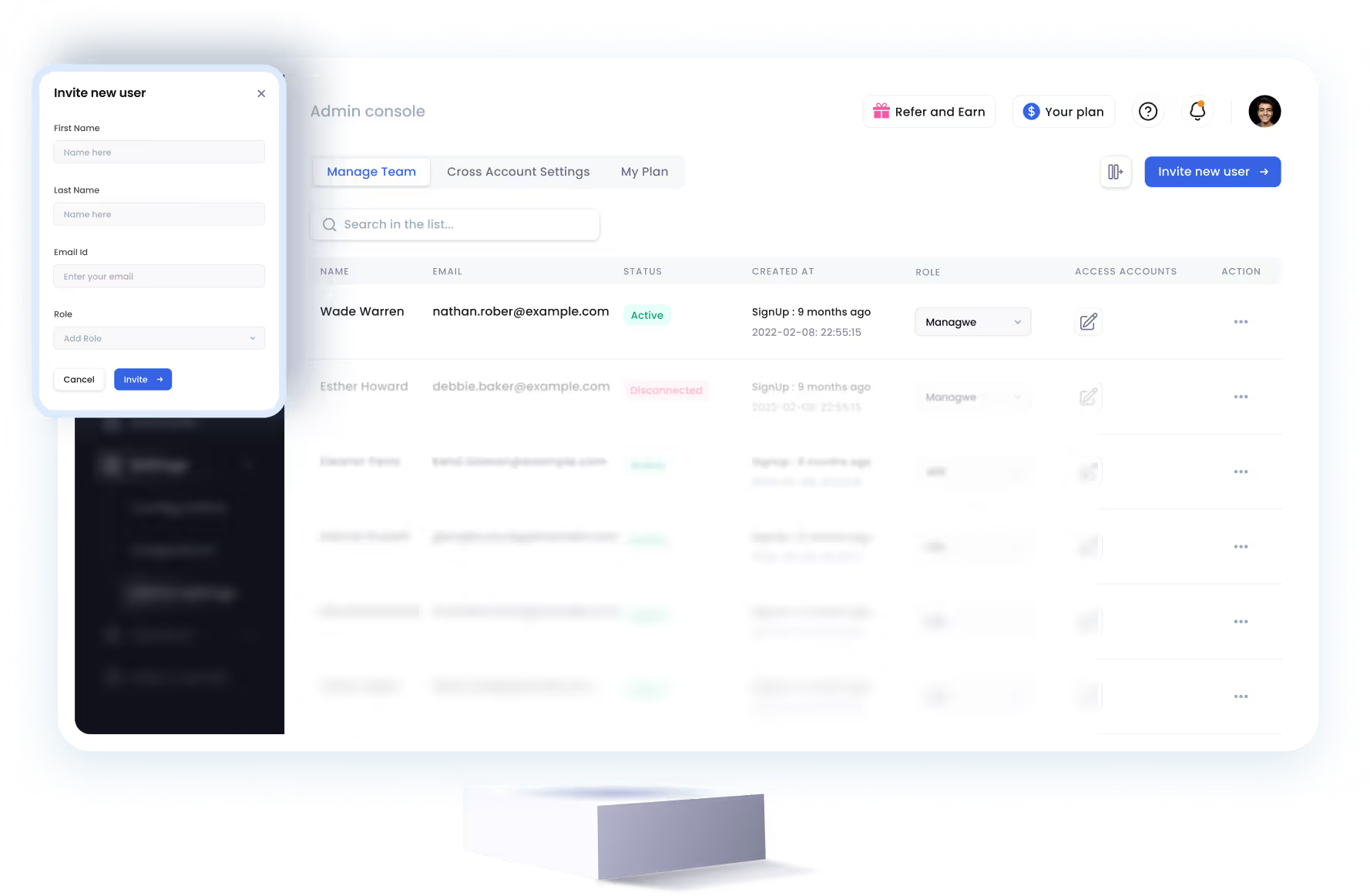
SalesRobot allows you to invite other team members, so that they can add their LinkedIn Account, run outreach campaigns and get amazing results just like you.
Trusted by 4100+ innovative B2B sales teams and lead gen agencies

.avif)

.avif)



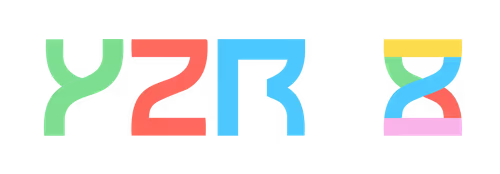
.avif)


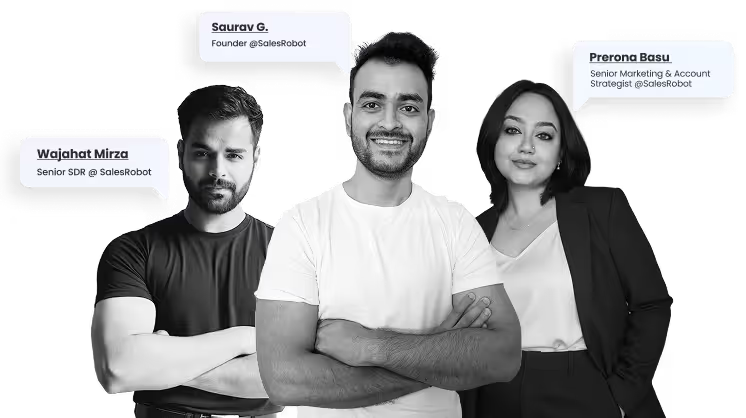
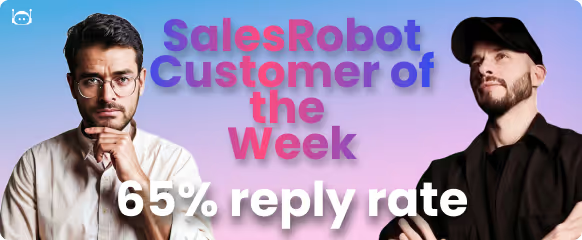

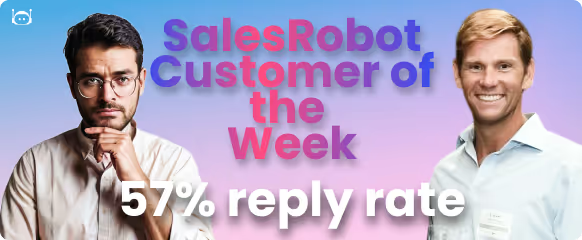







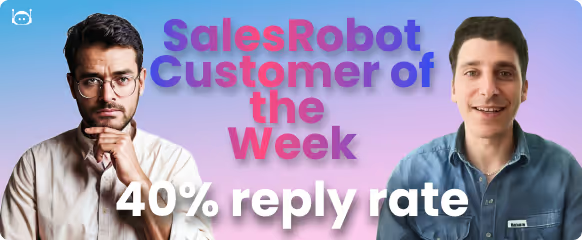




.avif)
